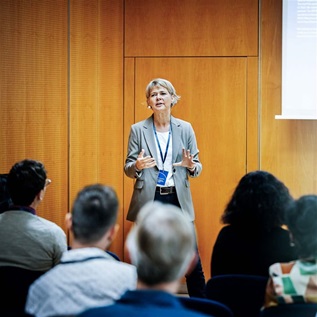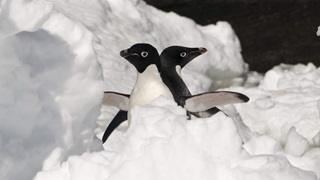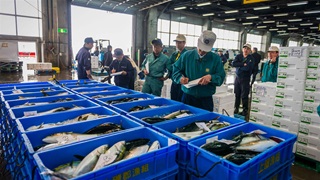Pew Scholar Illuminates How Cells Know When to Divide
Suckjoon Jun, a 2013 Pew biomedical scholar and assistant professor of physics at the University of California, San Diego, and his colleagues have published a study in the journal Current Biology that sheds light on how bacteria grow.
His study, conducted in collaboration with researchers at Washington University in St. Louis, challenges the widely held hypothesis that cells reach either a critical size or a finite age before they divide in two. The researchers used technology developed in Jun’s laboratory, with mathematical modeling, to monitor and quantify the growth and division of hundreds of thousands of bacterial cells. An innovative device, the “mother machine,” allowed scientists to arrive at a new theory of cell division.
“Specifically, we showed that cells sense neither space nor time, but add constant size irrespective of their birth size,” Jun said in a UC San Diego news release.
The findings could enable researchers to better understand the uncontrolled division of cancer cells. It also demonstrates how populations of bacteria are able to maintain uniformity in their size.
“The mechanism is probably essential—or nearly so—and thus [a] good target for new antimicrobials,” Petra Levin, Ph.D., an associate professor of biology at Washington University and a co-author of the paper, told Science Daily.











